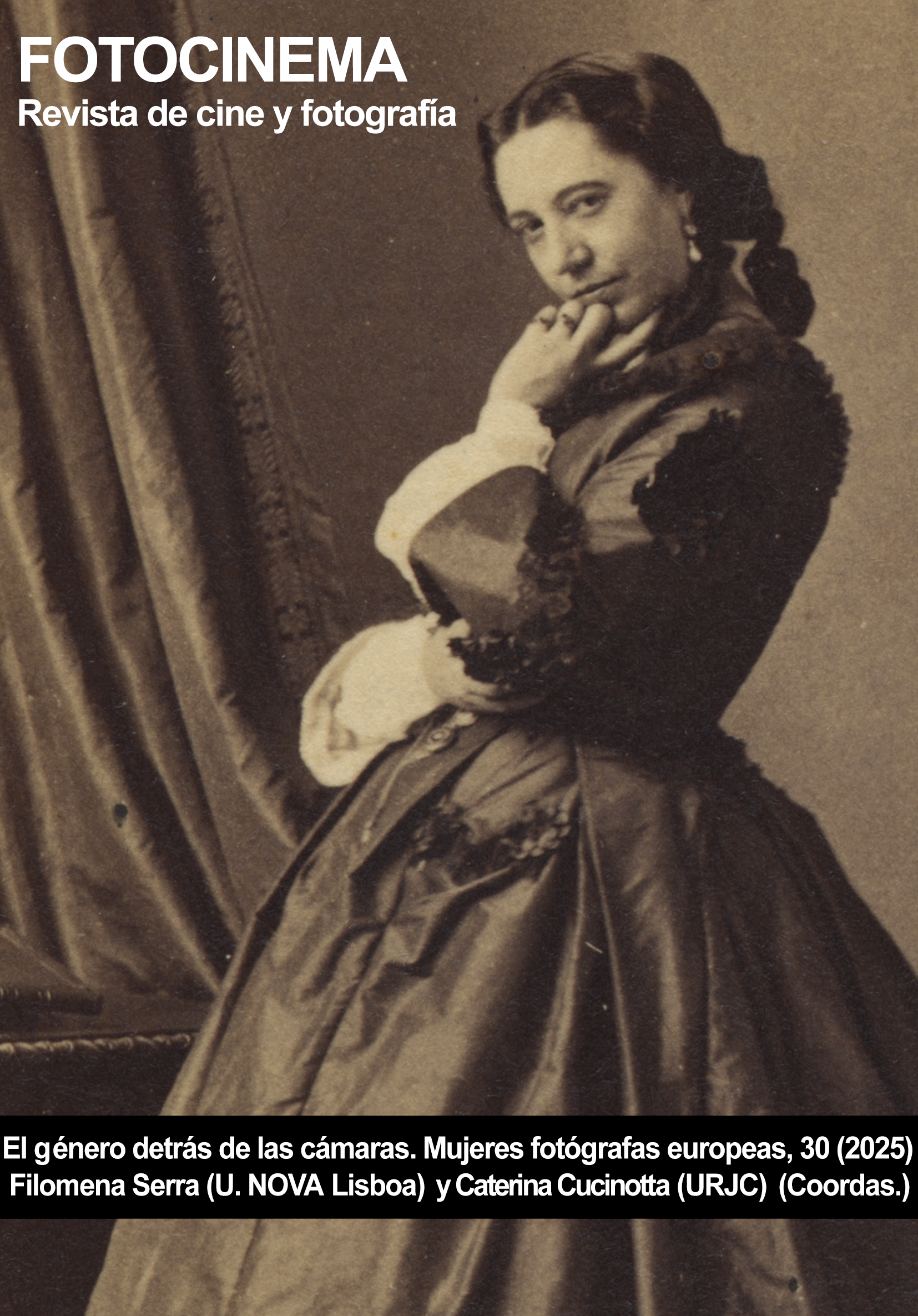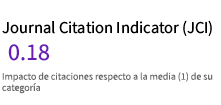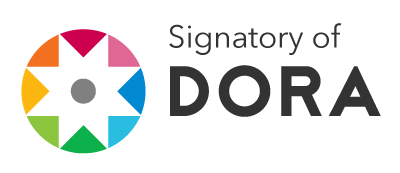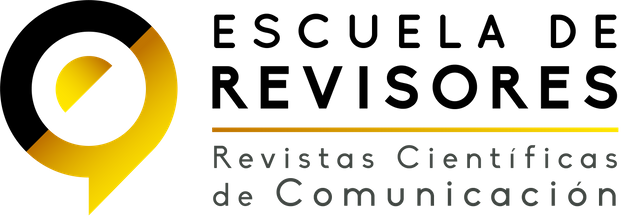Luísa Ferreira: a sensitive photography
DOI:
https://doi.org/10.24310/fotocinema.30.2025.21127Keywords:
Luísa Ferreira, photography, Lisbon, Territory, memory, identity, gentrificationAbstract
The interview with Luísa Ferreira aims to reveal the key areas of her photographic work which, beginning in the mid-1980s, has spanned more than 35 years of activity, both in the field of photojournalism as well as in the development of personal projects and commissions from different entities.
In the transition between the last two decades of the 20th century and the first decades of the 21st century, the city and social environment of Lisbon, where she was born and lives, has undergone profound changes that have been recorded by her documentary and critical eye, which she describes in various photographic series.
With a personal taste for geography (she attended university), she tries to find out how this area of knowledge has influenced her work, as well as her visual references from other artistic practices.
It is clear from her statement that Luísa Ferreira is particularly attentive to her day-to-day life and sensitive to friendship and affection, which in some way also shapes several of her works.
Downloads
Metrics
References
Duchamp, M. (1990). Engenheiro do Tempo Perdido. Entrevistas com Pierre Cabanne, Assírio & Alvim.
Saraiva, António e Gomes, Manuel (2010). Orlando Ribeiro, Itinerâncias de um Geógrafo. Portugal: B´lizzard - Criatividade, Comunicação e Serviços, Lda e Pedro Canavilhas.
Downloads
Published
How to Cite
Issue
Section
License
Copyright (c) 2025 José Oliveira

This work is licensed under a Creative Commons Attribution-NonCommercial-NoDerivatives 4.0 International License.
All contents published in Fotocinema Revista científica de cine y fotografía are protected under the Creative Commons Attribution-NonCommercial-ShareAlike 4.0 International (CC BY-NC-SA 4.0) license. All about this license is available in the following link: <http://creativecommons.org/licenses/by-nc-sa/4.0>
Users can copy, use, redistribute, share and exhibit publicly as long as:
- The original source and authorship of the material are cited (Journal, Publisher and URL of the work).
- It is not used for comercial purposes.
- The existence of the license and its especifications are mentioned.
There are two sets of authors’ rights: moral and property rights. Moral rights are perpetual prerogatives, unrenounceable, not-transferable, unalienable, imprescriptible and inembargable. According to authors’ rights legislation, Fotocinema. Revista científica de cine y fotografía recognizes and respects authors moral rights, as well as the ownership of property rights, which will be transferred to University of Malaga in open access. The property rights are referred to the benefits that are gained by the use or the dissemination of works. Fotocinema. Revista científica de cine y fotografía is published in an open access form and it is exclusively licenced by any means for doing or authorising distribution, dissemination, reproduction, , adaptation, translation or arrangement of works.
Authors are responsable for obtaining the necessary permission to use copyrighted images.













13.png)



